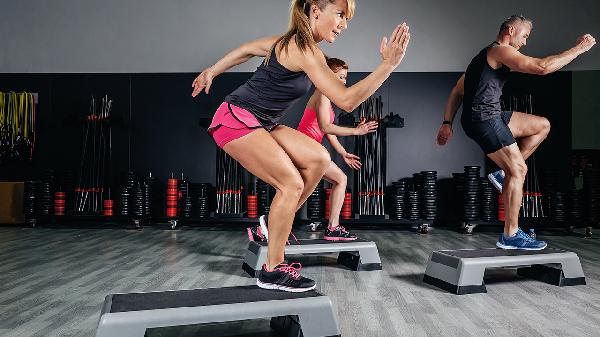Plyometrics, often referred to as "jump training," is the secret sauce to building explosive power and seeing faster results in just weeks. If you’ve ever watched athletes leap effortlessly or sprint like they’ve got rockets in their shoes, chances are they’ve mastered the art of plyometrics. This high-intensity training method focuses on quick, powerful movements that engage your fast-twitch muscle fibers, helping you build strength, speed, and agility in record time. Whether you’re an athlete looking to up your game or just someone who wants to feel more powerful in everyday life, plyometrics is your ticket to next-level fitness.

Plyometrics is a form of exercise that uses explosive movements to increase muscle power. Think of it as the fitness equivalent of a turbocharger—it takes your muscles’ natural ability to generate force and cranks it up to 11. The science behind it is pretty straightforward: plyometric exercises involve a rapid stretching of the muscle (the eccentric phase) followed by an immediate shortening of the muscle (the concentric phase). This stretch-shortening cycle is what gives you that explosive power. Classic examples include box jumps, burpees, and clapping push-ups. These movements aren’t just about jumping higher or running faster—they’re about training your body to generate maximum force in minimal time.
The magic of plyometrics lies in its ability to improve your neuromuscular efficiency. In simpler terms, it teaches your brain and muscles to work together more effectively. When you perform a plyometric exercise, your muscles and tendons store elastic energy during the eccentric phase, which is then released during the concentric phase. This process not only boosts your power output but also improves your reaction time and coordination. Plus, because plyometrics are so intense, they torch calories and rev up your metabolism, making them a killer addition to any fat-loss program.
Before you start launching yourself into the air, it’s important to nail the basics. Plyometrics are high-impact, so you’ll want to make sure your body is ready for the challenge. Start with foundational exercises like squat jumps or lateral bounds to build up your strength and stability. Focus on proper form—land softly with your knees slightly bent to absorb the impact and protect your joints. If you’re new to this type of training, aim for 2-3 sessions per week, giving your body plenty of time to recover between workouts. And don’t forget to warm up! A dynamic warm-up that includes movements like high knees and butt kicks will prep your muscles for the explosive work ahead.
Once you’ve got the hang of the basics, it’s time to level up. Advanced plyometric exercises like depth jumps, tuck jumps, and single-leg bounds will take your power to new heights. Depth jumps, for example, involve stepping off a box, landing, and immediately jumping as high as you can. This move trains your body to generate force quickly, which is essential for sports like basketball or volleyball. Tuck jumps, on the other hand, focus on explosive leg power and core strength. The key to mastering these moves is to stay controlled and explosive—don’t sacrifice form for height or speed.
Incorporating plyometrics into your routine can lead to some serious gains. Not only will you notice improvements in your strength and speed, but you’ll also see changes in your overall athleticism. Plyometrics can enhance your vertical jump, sprinting ability, and even your endurance. Plus, because these exercises are so dynamic, they keep your workouts fresh and exciting. No more slogging through boring cardio—plyometrics inject a sense of playfulness and challenge into your fitness regimen. And the best part? You don’t need a ton of equipment. A sturdy box, a jump rope, and some open space are all you need to get started.
While plyometrics are incredibly effective, they’re not without risks. The high-impact nature of these exercises can put stress on your joints, so it’s crucial to listen to your body and avoid overtraining. If you’re recovering from an injury or have joint issues, consult with a healthcare professional before diving in. Always perform plyometrics on a surface that provides some cushioning, like a gym mat or grass, to reduce the impact on your joints. And remember, quality trumps quantity—focus on performing each movement with precision rather than rushing through your reps.
Plyometrics are a game-changer for anyone looking to build explosive power and see faster results. By incorporating these dynamic exercises into your routine, you’ll not only improve your athletic performance but also add a new level of intensity to your workouts. So lace up your sneakers, find some open space, and get ready to jump, bound, and explode your way to a stronger, faster, and more powerful you. Just a few weeks of consistent training, and you’ll be amazed at what your body can do.
























